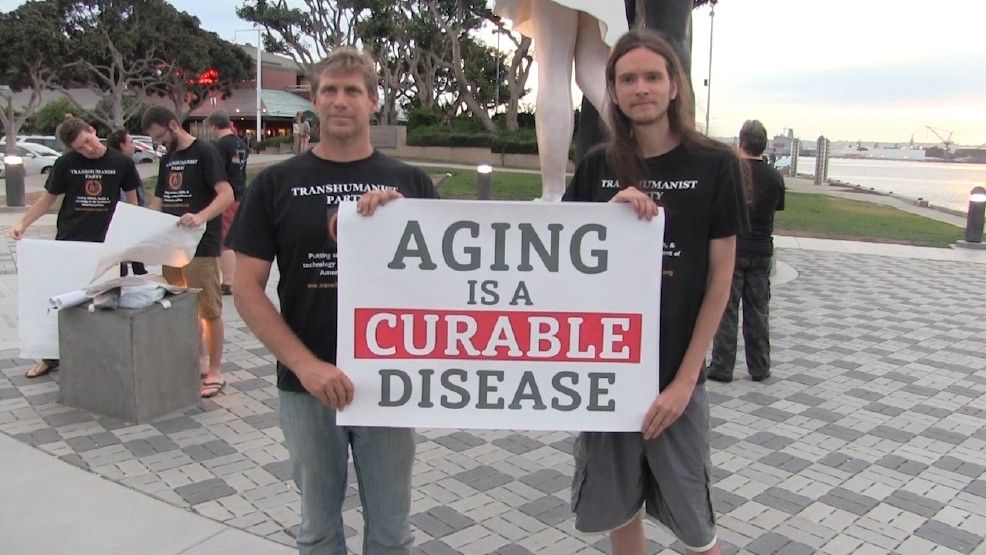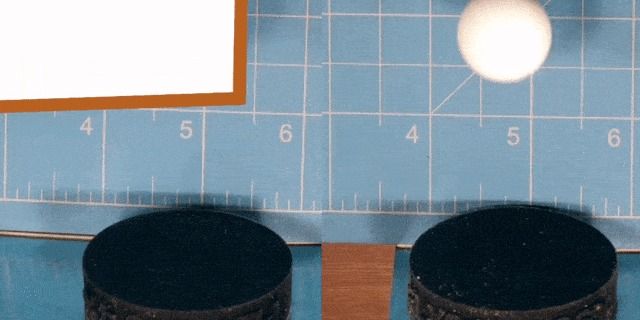Page 10872
Oct 6, 2016
Meet the 2016 presidential candidate who believes humans will eventually live forever
Posted by Zoltan Istvan in categories: cyborgs, economics, geopolitics, governance, law, life extension, robotics/AI, transhumanism
Circa News, a millennial site, did a story on transhumanism and my campaign. There are 3 videos embedded into this article (a general one on transhumanism, one on using tech to help the environment, and one on a Universal Basic Income):
WATCH | Zoltan Istvan thinks all sentient beings — including, but not limited to humans, artificial intelligence and cyborgs — have the right to be immortal. And that right should be protected under law.
Which is why, naturally, he decided to run for president of the United States.
Oct 6, 2016
Orbital ATK and Stratolaunch Systems Partner to Offer Competitive Space Launch Opportunities
Posted by Klaus Baldauf in categories: business, satellites
DULLES, Va.—(BUSINESS WIRE)— Orbital ATK, Inc. (NYSE: OA), a global leader in aerospace and defense technologies, and Stratolaunch Systems today announced a multi-year production-based partnership that will offer significant cost advantages to air-launch customers. Stratolaunch Systems, in cooperation with Vulcan Aerospace, is responsible for realizing Paul G. Allen’s vision for space.
“The combination of our extensive air-launch experience and the Stratolaunch aircraft has the potential to provide innovative and cost-effective options for commercial launch customers.” Tweet this
Under this partnership, Orbital ATK will initially provide multiple Pegasus XL air-launch vehicles for use with the Stratolaunch aircraft to provide customers with unparalleled flexibility to launch small satellites weighing up to 1,000 pounds into low Earth orbit. Pegasus has carried out 42 space launch missions, successfully placing more than 80 satellites into orbit for scientific, commercial, defense and international customers.
Oct 6, 2016
Panasonic unveils TV which ‘disappears’ — turning into a pane of glass when you switch off
Posted by Dan Kummer in category: electronics
I said on here the other day about TV’s that would turn into windows.
Panasonic showed off a prototype version at the CES technology conference this year, but it used LED technology, and the screen was so dim it had to be underlit to work.
The new version is bright and clear — coming to life with the press of a button or the wave of a hand.
Oct 6, 2016
Antiobesity Drugs In Nanoparticles Target Fat Cells Like Missiles
Posted by Shailesh Prasad in category: biotech/medical
In Brief.
Researchers have a new way to deliver antiobesity drugs to specific locations of the body by using nanoparticles, effectively stimulating weight loss without any harmful side effects.
Researchers from MIT, Brigham, and Women’s Hospital have recently tested a new way to stimulate fat loss through a pair antiobesity drugs. In this novel method, they made use of nanoparticles to deliver them to specific areas of the body.
Continue reading “Antiobesity Drugs In Nanoparticles Target Fat Cells Like Missiles” »
Oct 6, 2016
First-Ever Discovery: Complex Organic Molecules Found on Rosetta’s Comet
Posted by Shailesh Prasad in categories: particle physics, space
In Brief.
The ESA’s Rosetta comet orbiter has found complex, solid organic molecules in dust particles that came of the comet 67P/Churyumov-Gerasimenko, lending credence to the theory that organic compounds, or even life itself came from the stars.
Over the past few months, the ESA’s Rosetta orbiter has been feeding us valuable data on comets: where they come from, what they’re made of, how they work, and so on. But its time is nearly at an end, with a kamikaze dive towards the surface of comet 67P/Churyumov-Gerasimenko scheduled for later this month.
Continue reading “First-Ever Discovery: Complex Organic Molecules Found on Rosetta’s Comet” »
Oct 6, 2016
Printing Skin Cells on Burn Wounds
Posted by Shailesh Prasad in category: biotech/medical
In our project to “print” skin cells on burn wounds.we place cells in vials, rather than in cartridges, and “print” them through an ink jet printer head.
Oct 6, 2016
Molecular Nanotechnologists win Nobel Prize in Chemistry for developing molecular machines
Posted by Klaus Baldauf in categories: chemistry, nanotechnology
Bernard Feringa was the first person to develop a molecular motor; in 1999 he got a molecular rotor blade to spin continually in the same direction. Using molecular motors, he has rotated a glass cylinder that is 10,000 times bigger than the motor and also designed a nanocar.
A tiny lift, artificial muscles and miniscule motors. The Nobel Prize in Chemistry 2016 is awarded to Jean-Pierre Sauvage, Sir J. Fraser Stoddart and Bernard L. Feringa for their design and production of molecular machines. They have developed molecules with controllable movements, which can perform a task when energy is added.
Oct 5, 2016
Shane Hinshaw — The future is here. Why not embrace it. Screw…
Posted by Shane Hinshaw in categories: futurism, neuroscience
The future is here. Why not embrace it. Screw weed, crack or an others that may fry your neurons. Out think out preform others who rot thier brains. No offense to those who do those things.
Oct 5, 2016
New Shock-Absorbing Material Could Help Robots Take a Real Beating
Posted by Karen Hurst in categories: materials, robotics/AI
The technique involves embedding different levels of solid and liquid in order to customize the elasticity. Adding more liquid makes the material softer and more elastic. This technique allows the printer to exactly customize the elasticity of the print, and even of different areas within the print.
These programmable materials can help reduce wear and tear on moving parts by damping shocks and reducing vibrations. They can also help make robots easier to control by making movements more precise. This method could even have other applications such as in shock-absorbing running shoes and headgear.
Source: MIT News
Continue reading “New Shock-Absorbing Material Could Help Robots Take a Real Beating” »


















